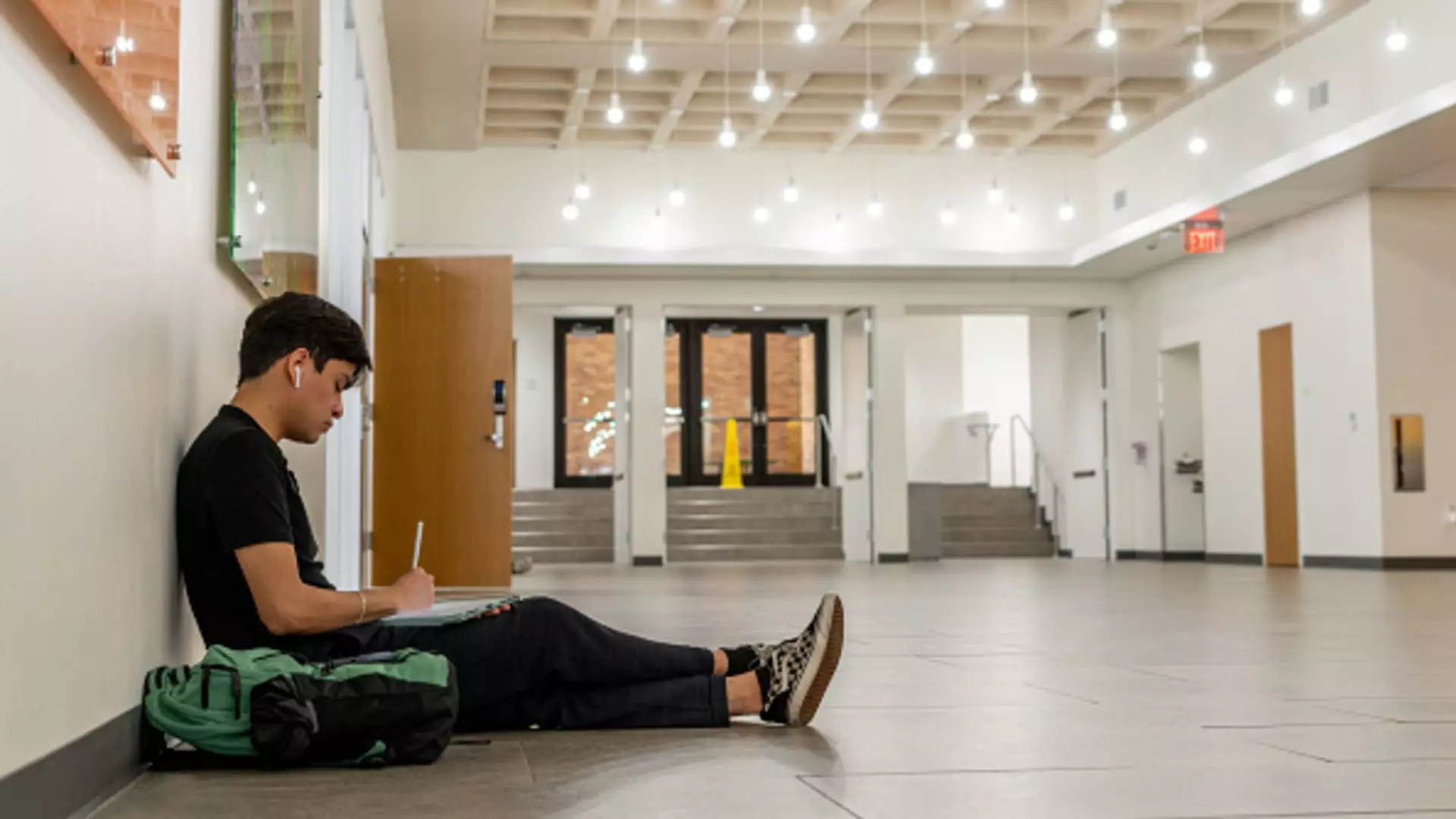The resumption of federal student loan collections has unveiled a shadowy and precarious reality for millions of borrowers. As the U.S. Department of Education reinitiates collections on defaulted loans, a staggering proportion of borrowers find themselves teetering on the edge of “default cliff.” An alarming analysis from TransUnion indicates that as of April, over 31% of borrowers with impending payments are more than 90 days delinquent—marking an unprecedented record. The ramifications of this crisis extend far beyond individual failures to repay; they threaten the entire economic fabric of society, turning the education system into a veritable minefield of financial hardship.
This latest report paints a bleak picture. With the eye-watering statistic of nearly 1.8 million student loan borrowers expected to default by July, it appears we are on the precipice of a substantial financial disaster. These borrowers, already citizens fighting to reclaim their financial lives post-pandemic, are faced not only with daunting payment obstacles but also a baffling array of confusing loan servicers and repayment plans.
The Ignored Truth of Loan Repayment
The confusion surrounding loan repayment is exacerbated by a chronic lack of clarity and guidance from loan servicers. Borrowers are left navigating a labyrinthine network of options with insufficient support and scant information on income-driven repayment plans. As Joshua Trumbull, a senior vice president at TransUnion, astutely remarks, “We don’t think this represents the ceiling,” hinting at an impending swell of defaults. It is a grim forecast that threatens stability for borrowers and taxpayers alike.
The irresponsibility of federal authorities in allowing this situation to escalate is deeply concerning. Americans, many of whom have invested in their futures by pursuing higher education, are now placated by the empty promise that education would translate into economic mobility. Instead, they face the reality of wage garnishments and plummeting credit scores—an outcome that is both shocking and unfair.
The Impact of Default on Financial Futures
The consequences of default cannot be overstated. Once a borrower enters default—defined as missing payments for a staggering 270 days—the Department of Education can unleash a series of punitive actions, including wage garnishment. This draconian step can decimate a borrower’s financial stability, undermining their ability to meet basic living expenses. Credit scores, already fragile post-pandemic, face another brutal strike; the average decline reaches 60 points, with some borrowers plunging as far as 175 points.
But is this worth the government’s insistence that taxpayers should not shoulder the burden of unpaid loans? This attitude overlooks the shared social contract that underpins education—a public good intended to benefit society at large. By failing to offer borrowers respite or clarity, authorities prioritize fiscal responsibility over the well-being of citizens, transforming higher education from an opportunity into a crippling obligation.
A System in Dire Need of Reform
The systemic flaws in the student loan ecosystem highlight a dire need for reform. A Pew Research Center study supports this sentiment, indicating a looming wave of defaults that could put financial stability at risk for both borrowers and taxpayers alike. As the Federal Reserve notes, millions of borrowers may see credit scores decline dramatically starting in 2025, resulting in an environment where loans become less accessible at the very moment people need them most.
It is utterly disheartening that the very structure designed to uplift individuals now serves to drag them down. High credit scores, once synonymous with financial opportunity, are tragically rendered worthless for those ensnared in the cycle of student debt. The loss of access to credit can lead to a domino effect of additional financial challenges—elevated interest rates and reduced access, ultimately stymying economic engagement and growth.
The Moral Imperative: Reassessing Student Debt Policies
With the truth of this unfolding crisis glaringly apparent, it’s high time for policymakers to reassess the approach to student debt and repayment. The reactivation of collections should spur a national conversation about debt forgiveness, equitable access to education, and overall accountability in student lending practices.
Questions abound: How can we ensure that this generation does not inherit the burdens of its predecessors? How will we safeguard the principle of education as a tool for personal and societal advancement?
The urgency of addressing the current student loan crisis has never been more tangible. Tens of millions of Americans stand at a crossroads: a choice between economic stagnation or advocating for a fair and just educational system that promotes growth instead of despair. The stakes could not be higher, and the time for decisive action is now.


Leave a Reply